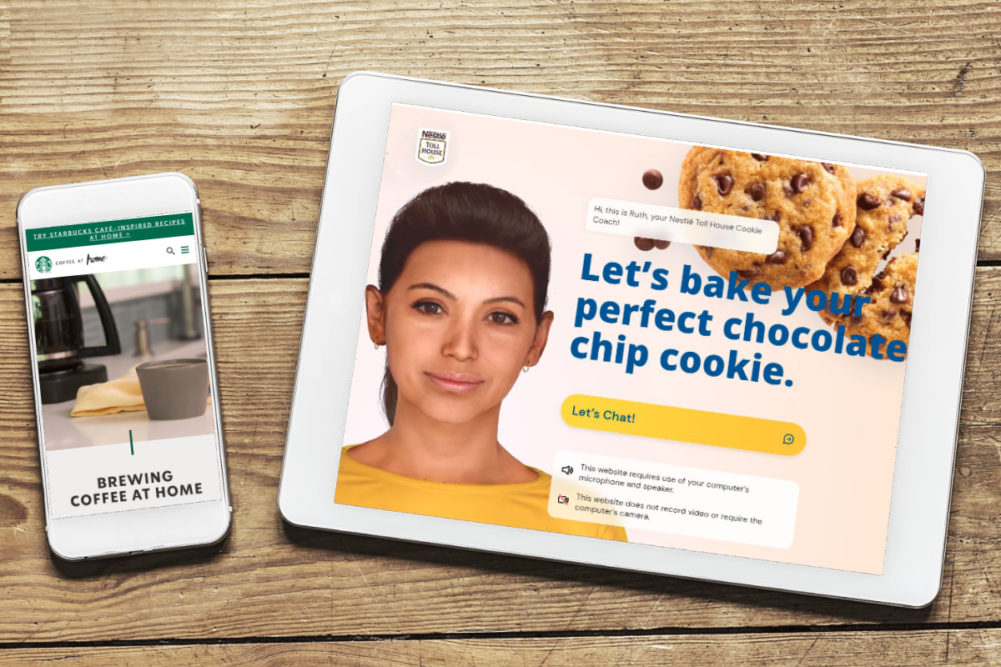PARIS — Consumer packaged goods marketers are on a journey. Past legs of the journey have focused on products and groups of consumers, but now there is a shift toward individuals and engagement.
“Consumers are defined by what they buy,” said Oliver Wright, consumer goods and services lead for the consultancy Accenture Inc., Chicago, during a presentation at the virtual Consumer Goods Forum on June 21. “People are defined by who they are. When we think about consumers, we think it's restrictive. It gives you a potential of finite value. But thinking about people can lead to endless possibilities that can result in a lifetime of engagement.”
Taking his example further, Mr. Wright said focusing on consumers means following a linear path to purchase where marketers create specific interventions at different points in the journey.
“If we think about consumers as people, we have to understand the reality is people are complicated,” he said. “They have a complex set of needs that can all converge and lead to a purchase. The opportunity is to understand how these underlying needs are changing and then embracing new ways of engaging with consumers as people.”
The shift from focusing on consumers to focusing on people may not be easy for marketers, because it means giving up some control.
“To become human-centric involves letting consumers help own and architect the brand,” Mr. Wright said.
Mel Cash, chief strategy officer for Nestle USA, Arlington, Va., offered a few examples of how the company is working to understand people’s underlying needs and developing new opportunities to engage them.
“One thing is clear; the idea of home has taken on a new level of importance,” Ms. Cash said. “In that at-home revolution what we realized is a new normal is emerging.”
Nestle has identified several post-COVID trends that are emerging. Two are blurring and at-home discovery. Blurring focuses on the emergence of new competitors like Hello Fresh, Purple Carrot and Uber Eats, newer services that can serve at-home meal occasions, and how people now view meal occasions.
For most people, three meals per day is no longer the norm.
“What we’re finding is the day looks very different,” Ms. Cash said. “We are starting to think about what does it look like to have a quick bite between meetings when I move from my office to the kitchen? Or something like a late lunch or pre-workout snack I might try to fit in in the afternoon. And things like late-night snacking, when you don’t need to think about your commute in the morning, have increased significantly.
“For Nestle, finding ways to service the new ways people are eating is top of mind.”
The at-home discovery trend recognizes people want to cook more at home but may find it challenging. For those consumers seeking assistance, Nestle has set up services to offer help. One such effort is the Toll House Cookie Coach, a web-based service that helps people learn more about baking and personalizing snacks.
“Another big opportunity is eating at home and making sure those occasions that used to be serviced outside the home are as easy to service inside the home,” Ms. Cash said. “One of those we find to be the most important is making sure you have enough coffee on hand to satisfy every coffee break. But we know there is something about the barista experience that makes it feel like it's elevated.”
Nestle has introduced Starbucks Brew At Home, a tutorial web site about how to brew different types of coffee drinks at home.
“The Starbucks Brew At Home site allows you to unpack how to pour a cup of coffee in the afternoon that can mimic the barista experience,” Ms. Cash said. “With 34% of consumers saying they are making coffee at home more we believe it is a habit that will stay in the future.”
Mr. Wright said the danger of thinking about consumers as groups rather than people is marketers risk their products becoming generic. These efforts also often created categories and channel silos within companies.
“In the consumer world if you can’t connect the dots to understand the same person who buys laundry detergent in store and moisturizer online is the same person who also has sensitive skin, it’s really hard to create a connected view of the consumer,” he said.

